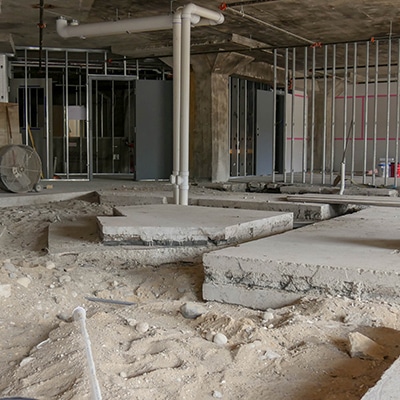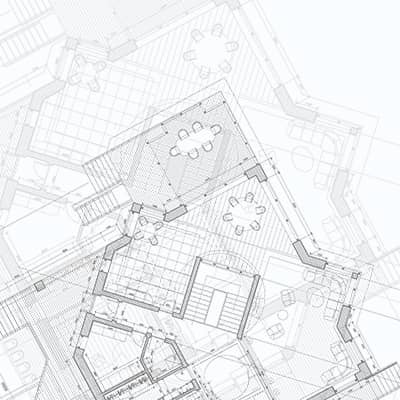Description
Utah 2018 IPC Update
Instructor: Randy Drake
This course is designed to provide an overview of the following chapters in the 2018 International Plumbing Code.
This Course Covers:
2018 International Plumbing Code
- IPC Chapter 4 – Fixtures, Faucets, and Fixture Fittings
- PC Chapter 5 – Water Heaters
- PC Chapter 6 – Water Supply and Distribution
- PC Chapter 7 – Sanitary Drainage
- IPC Chapter 9 – Vents
- PC Chapter 10 – Traps, Interceptors and Separators
- PC Chapter 11 – Storm Drainage
29 CFR 1926 Confined Spaces
Instructor: Josh Francis
29 CFR 1926 – Subpart AA Confined Spaces in Construction sets forth requirements for practices and procedures to protect employees engaged in construction activities at a worksite with one or more confined spaces. Examples of locations where confined spaces may occur include, but are not limited to, the following: Bins; boilers; pits (such as elevator, escalator, pump, valve or other equipment); manholes (such as sewer, storm drain, electrical, communication, or other utility); tanks (such as fuel, chemical, water, or other liquid, solid or gas); incinerators; scrubbers; concrete pier columns; sewers; transformer vaults; heating, ventilation, and air-conditioning (HVAC) ducts; storm drains; water mains; precast concrete and other pre-formed manhole units; drilled shafts; enclosed beams; vessels; digesters; lift stations; cesspools; silos; air receivers; sludge gates; air preheaters; step up transformers; turbines; chillers; bag houses; and/or mixers/reactors.
This Course Covers:
- Scope & Definitions
- General Requirements
- Permits and the process
- Training
- Rescue and Emergency Services
Plan Reading
Instructor: Randy Drake
The ability to interpret plumbing blueprints and successfully install the required plumbing systems is an essential skill. Prints provide the details you need regarding types and sizes of sinks to the location of gas lines, drains and vents. This video course outlines the general layout of both residential and commercial plans, identifying and detailing schedules, legends, symbols and engineering instructions.
This Course Covers:
- Commercial plan
- Overview
- Legend
- Plumbing floor plan
- Symbols and abbreviations
- Mechanical plan
- Residential plan
OSHA Safety
Instructor: Jenny MacDowell
This one-hour narrated course is a review of the OSHA standards based on 29 CFR 1926 Safety and Health Regulations for the Construction Industry, 29 CFR 1910 Occupational Safety and Health Standards, and 29 CFR 1904 Recording and Reporting Occupational Injuries and Illnesses. These are the current enforceable standards for safety and health of employees in construction activities.
Students will be able to understand and describe the basic components of a construction safety program. They will recognize the hazards inherent at a construction jobsite and describe ways to prevent those hazards. Finally, students will learn the responsibilities of both the employer and the employee in observing established safety practices.
This Course Covers:
- Commercial plan
- Overview
- Legend
- Plumbing floor plan
- Symbols and abbreviations
- Mechanical plan
- Residential plan5



